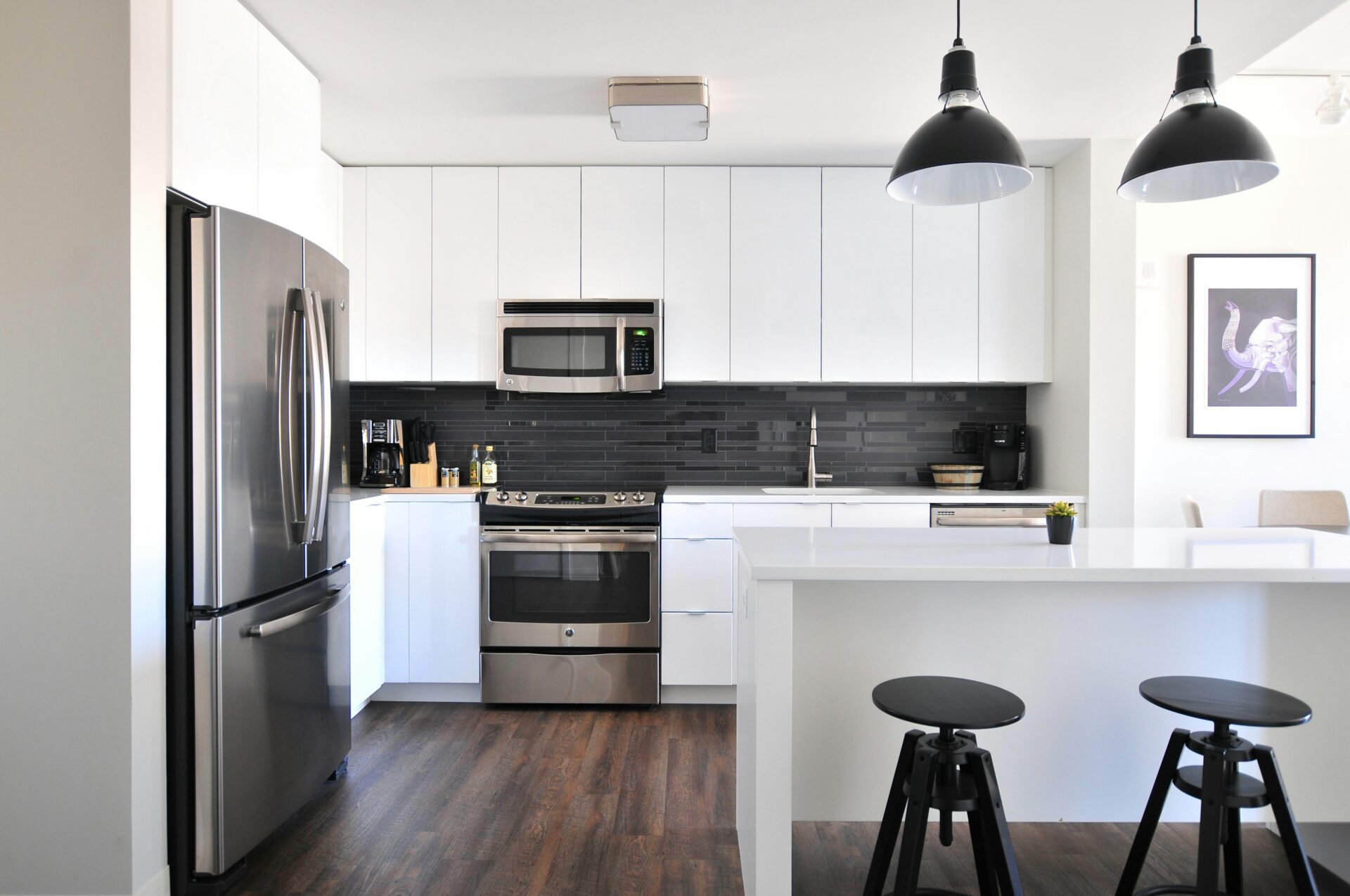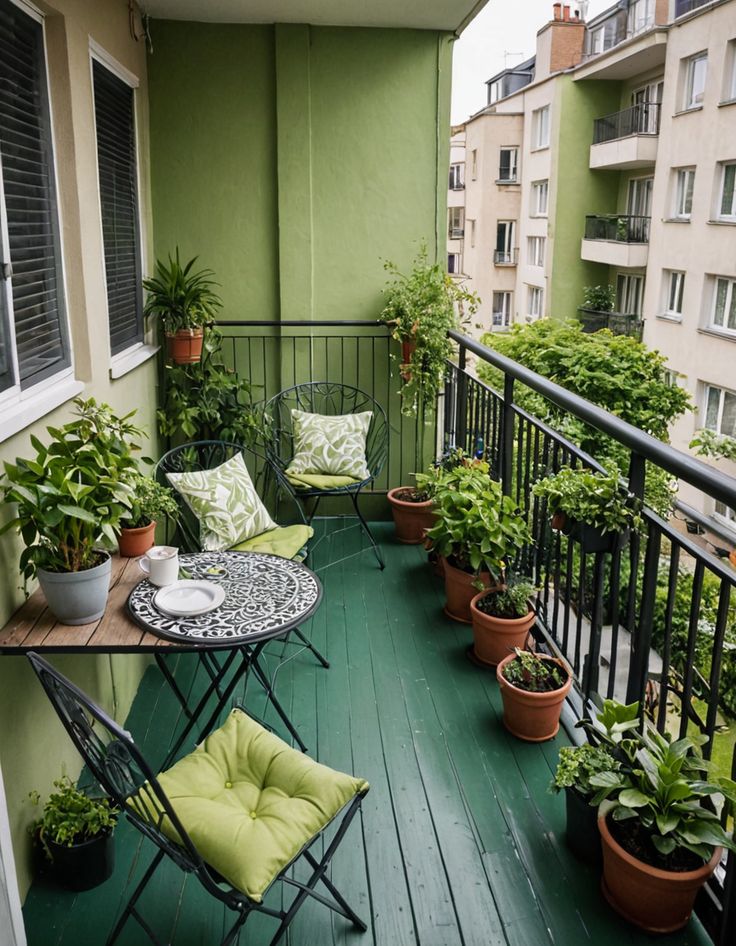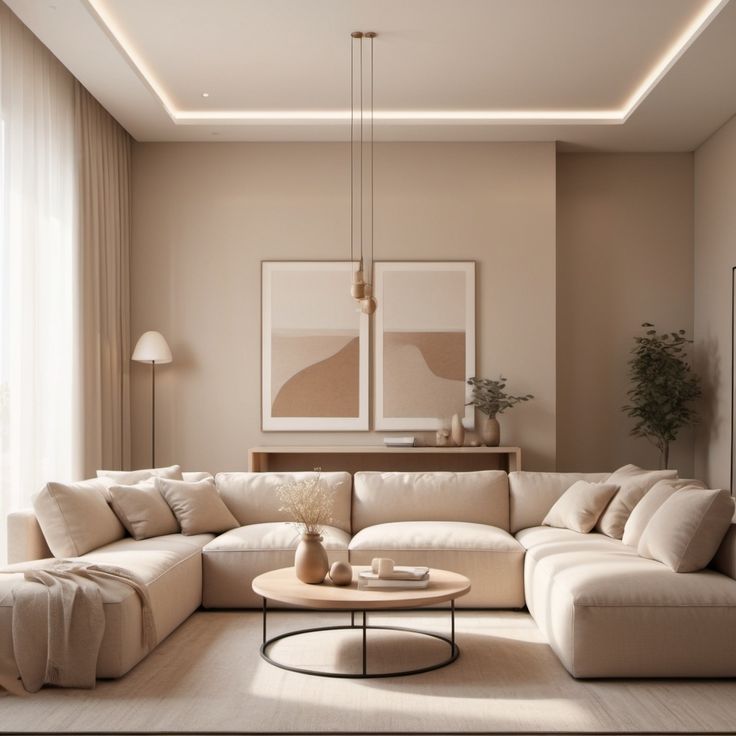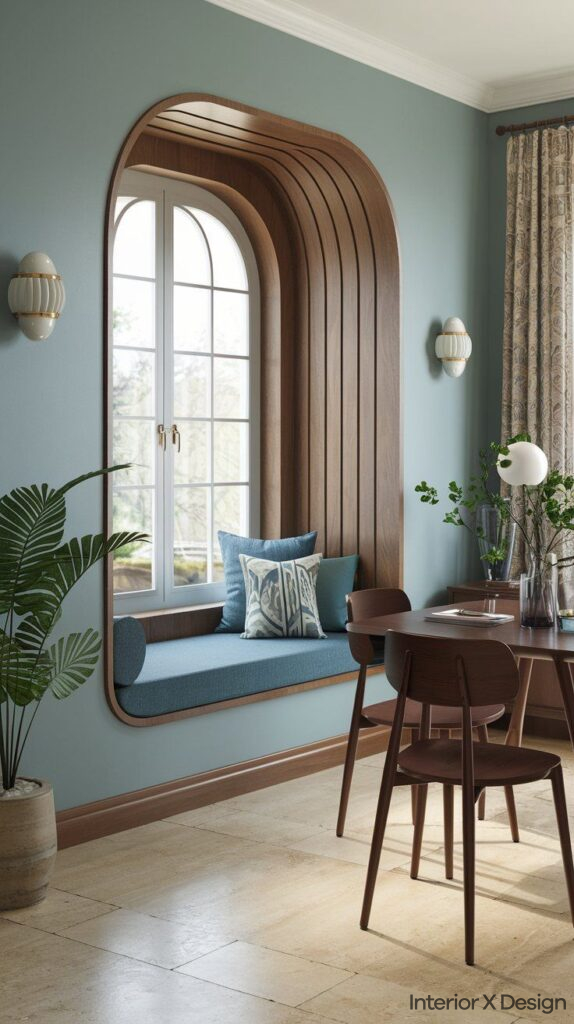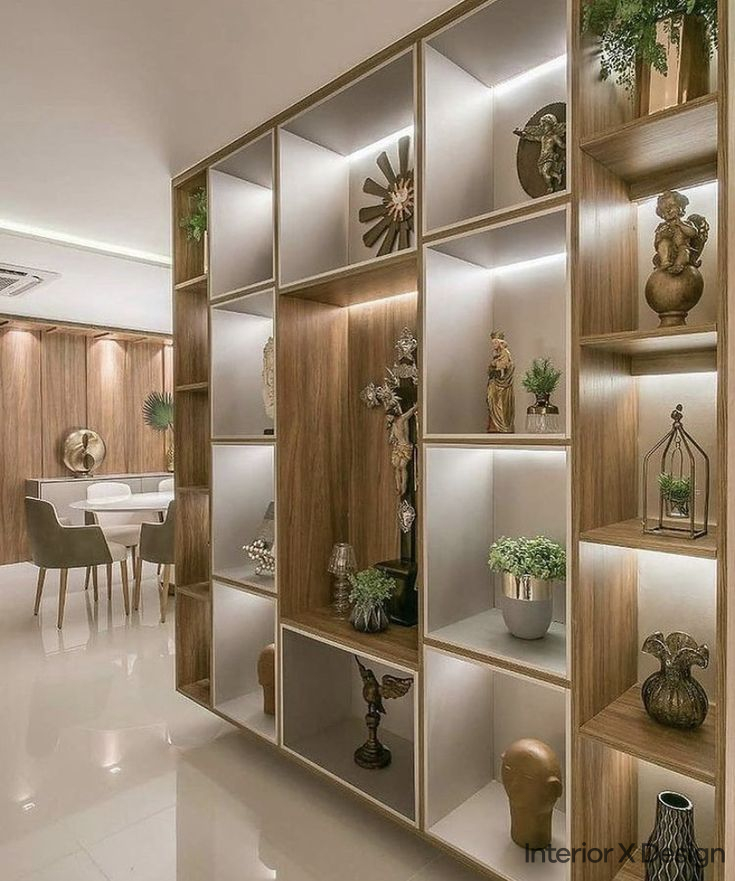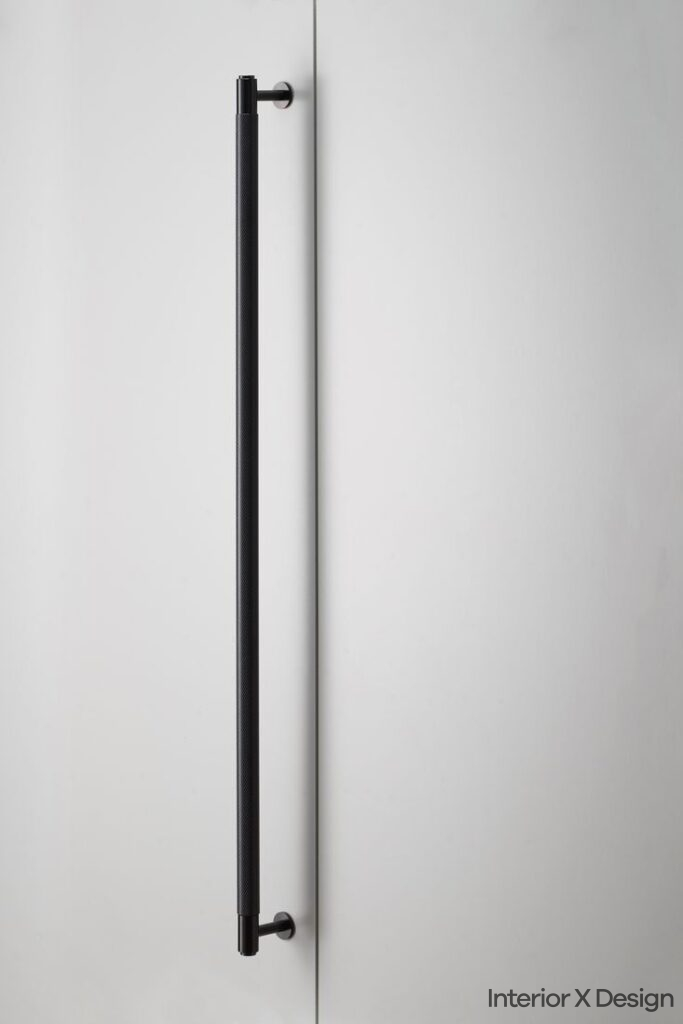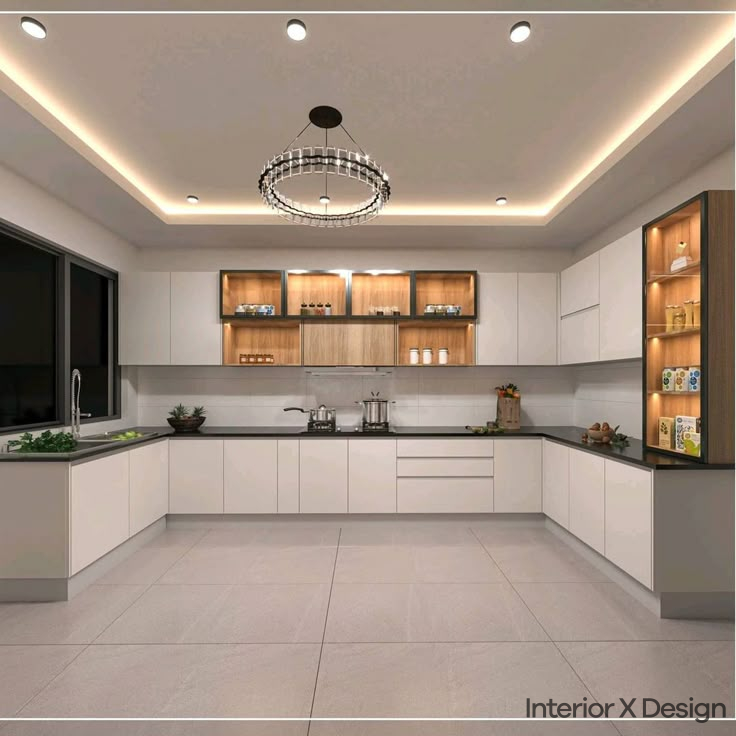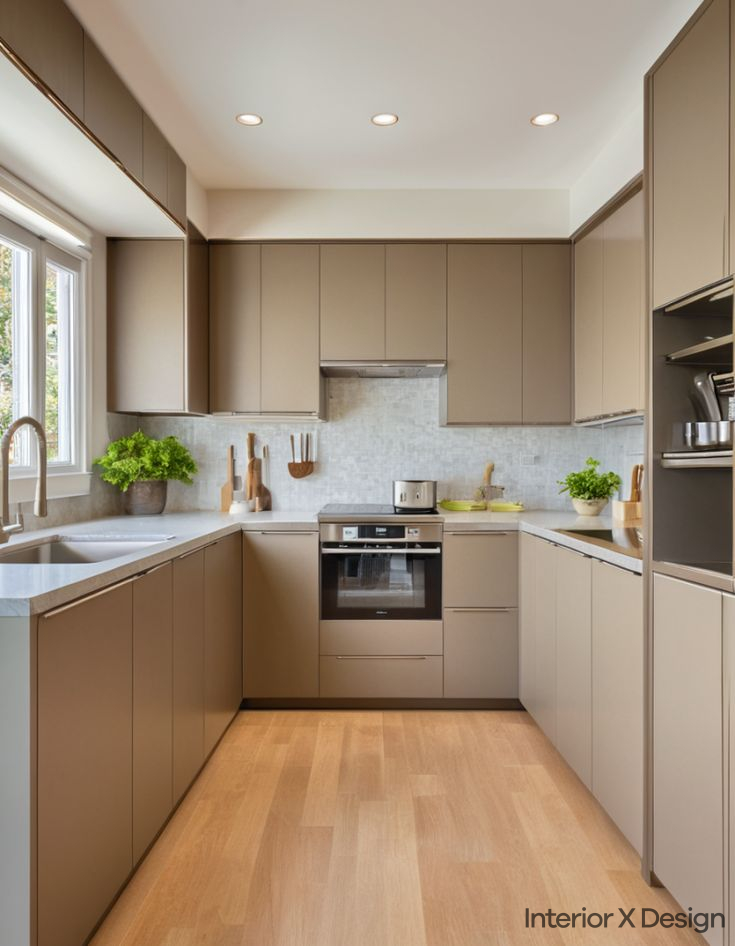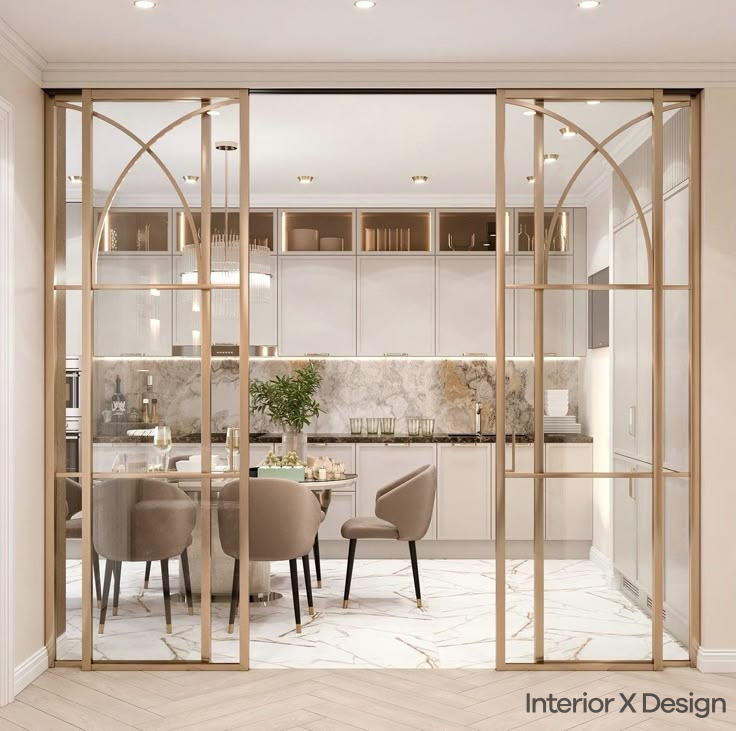Why Understanding Kitchen Dimensions is Crucial
The right kitchen size in feet ensures:
- Efficient movement and workflow
- Adequate storage space
- Proper placement of appliances and fixtures
- A harmonious blend of style and practicality
By adhering to standard kitchen size in feet, you create a space that aligns with ergonomic principles while maximizing functionality.
“A well-designed kitchen is the heart of every home. It blends functionality with aesthetic appeal to create a space where memories are made,” says Mr. Parasher, UrbanDAC.
The most common kitchen size is 10 feet by 10 feet, or 100 square feet. This size provides enough room for a basic kitchen layout with a few cabinets, a stove, a sink, and a refrigerator. For larger kitchens, the standard size increases to 12 feet by 12 feet, or 144 square feet. This size allows for more cabinet and counter space, as well as room for an island or a dining table.
Lets Dive Deeper:
Standard Kitchen Dimensions in Feet Based on Layout
The layout significantly impacts the overall kitchen dimensions. Here are the most common layouts and their recommended sizes:
Single-Wall Kitchen
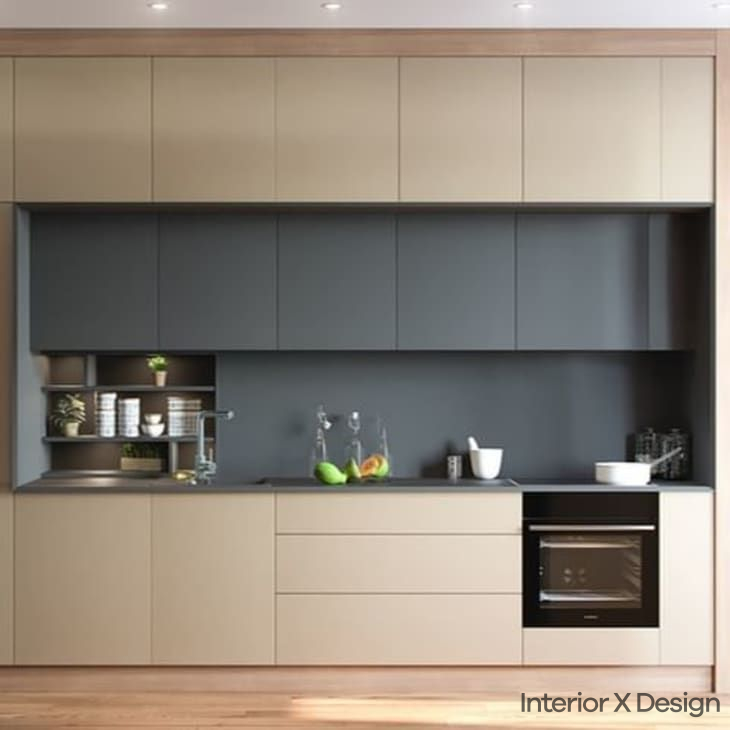
A single-wall kitchen is ideal for compact spaces such as studio apartments or small homes. All appliances and cabinets align along one wall, ensuring space efficiency.
- Recommended Dimensions: 8-10 feet in length
- Counter Depth: 2 feet
- Height: 2.5-3 feet
Tips for Single-Wall Kitchens:
- Use overhead cabinets to maximize storage.
- Install pull-out shelves for better access.
Galley Kitchen
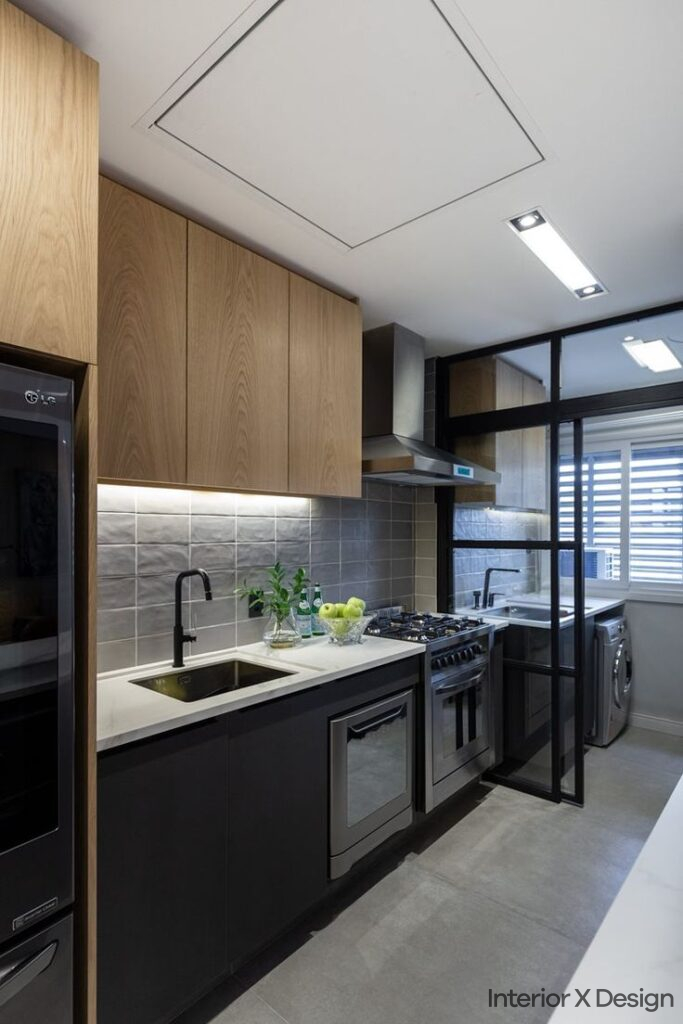
The galley kitchen, also called a parallel kitchen, features two walls running parallel with a walkway in between. It’s highly efficient for cooking and storage.
- Recommended Width: 4-6 feet
- Length: 7-12 feet
Advantages:
- Provides ample counter space.
- Ideal for small to medium-sized homes.
For a more detailed guide on small kitchen designs, explore Creative Furniture Ideas for Small Spaces.
L-Shaped Kitchen

This layout is suitable for medium to large kitchens and allows for an open design.
- Leg Dimensions: 10×10 feet
- Counter Depth: 2 feet
Why Choose L-Shaped Kitchens?
- Offers flexibility in appliance placement.
- Leaves room for dining or an island.
U-Shaped Kitchen
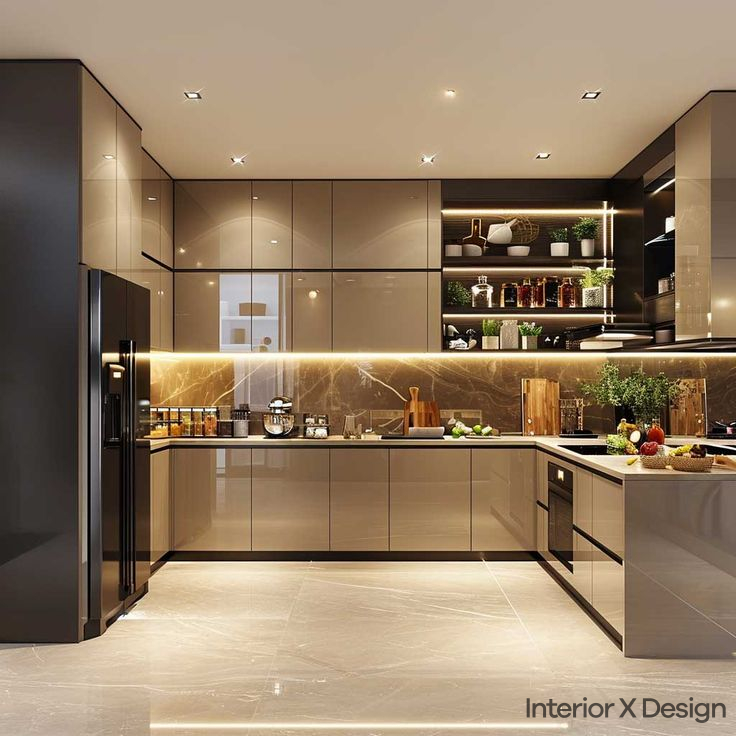
The U-shaped layout provides maximum storage and workspace by using three walls.
- Recommended Dimensions: 10×12 feet or larger
- Aisle Width: At least 4 feet
Considerations:
- Ensure the walkway is not too narrow for comfort.
- Best suited for larger homes.
Island Kitchen
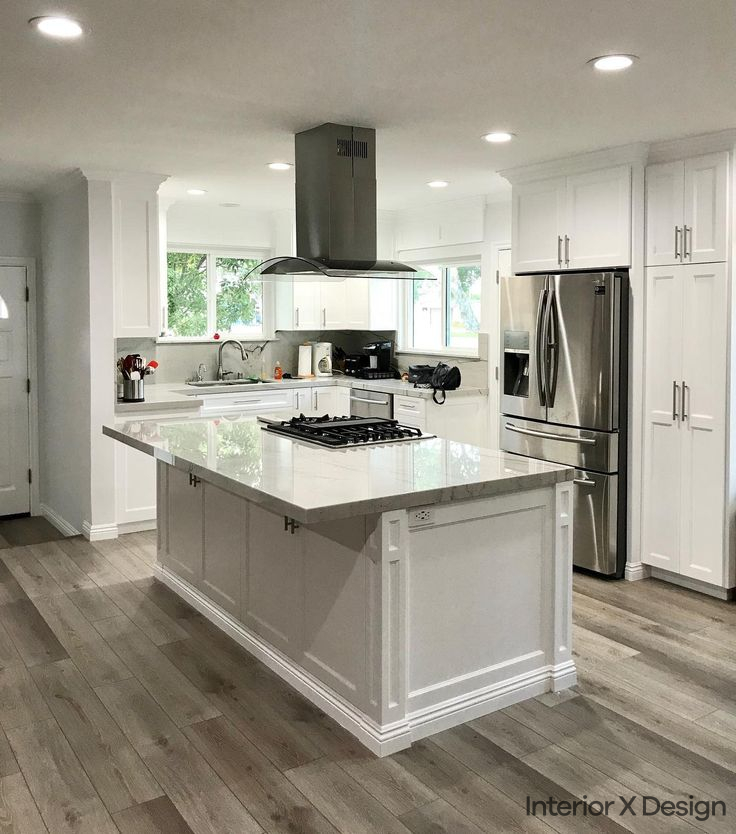
An island kitchen is the epitome of luxury and functionality. It includes an additional countertop in the center, perfect for meal preparation or informal dining.
- Recommended Dimensions: 12×15 feet or larger
- Island Size: Minimum 3×6 feet
For inspiration on modern kitchen layouts, check out Colour Combinations for Modular Kitchens.
Standard Kitchen Size and Dimensions for Counters, Slabs, and Cabinets
Kitchen Slab Dimensions
The kitchen slab height and width play a vital role in ensuring ease of use.
- Standard Height: 2.5-3 feet
- Standard Width: 2 feet
Material Options for Kitchen Slabs:
- Granite: Durable and heat-resistant.
- Quartz: A low-maintenance option with modern aesthetics.
- Marble: Elegant but prone to staining.
Countertop Dimensions
- Standard Height: 36 inches (3 feet) from the floor
- Depth: 24 inches (2 feet)
Tips for Countertop Design:
- Include a backsplash at least 4 inches high.
- Use heat-resistant materials for durability.
Cabinet Dimensions
- Overhead Cabinet Height: 2 feet from the countertop
- Depth: 12-15 inches
- Base Cabinet Height: 2.5 feet
For detailed cabinetry ideas, explore Indian Wardrobe Designs for Bedrooms.
3. Ergonomics in Kitchen Design
Ergonomics is key to making your kitchen efficient and comfortable. Below are ergonomic guidelines based on kitchen dimensions:
Work Triangle
The work triangle connects the sink, stove, and refrigerator, the three most used areas in a kitchen.
- Ideal Distance Between Points: 4-9 feet
- Total Perimeter: 13-26 feet
Aisle Width
- Minimum Width: 3.5 feet
- For Two People: At least 4 feet
Appliance Placement
- Oven: Place at waist level for easy access.
- Microwave: Install 1.5 feet above the countertop.
Lighting and Ventilation
Good lighting and ventilation improve the kitchen’s usability.
- Lighting: Use task lighting for counters and overhead lighting for the entire kitchen.
- Ventilation: Install a chimney or exhaust fan near the stove.
Frequently Asked Questions (FAQs)
What is the standard kitchen size in feet for apartments?
The standard size for an apartment kitchen is 8×10 feet. This layout provides sufficient storage and workspace for a small family.
What should Kitchen slab height and width be?
The kitchen slab height and width are usually 2.5-3 feet high and 2 feet wide, ensuring ergonomic comfort.
What is the minimum size for a modular kitchen?
A compact modular kitchen can be as small as 7×10 feet, accommodating essential appliances and storage.
Can I include an island in a small kitchen?
Yes, you can add a small island in kitchens measuring at least 12×15 feet. The island should be 3×6 feet with adequate aisle space.
Conclusion
Designing a kitchen requires careful planning and knowledge of kitchen dimensions and kitchen size in feet. From selecting the right layout to ensuring proper slab height and storage, every detail contributes to creating a functional and aesthetic space. For more kitchen design ideas and trends, visit Latest Kitchen Tiles Design for Modern Small Homes.
By following these guidelines, you can design a kitchen that is efficient, comfortable, and tailored to your needs.

